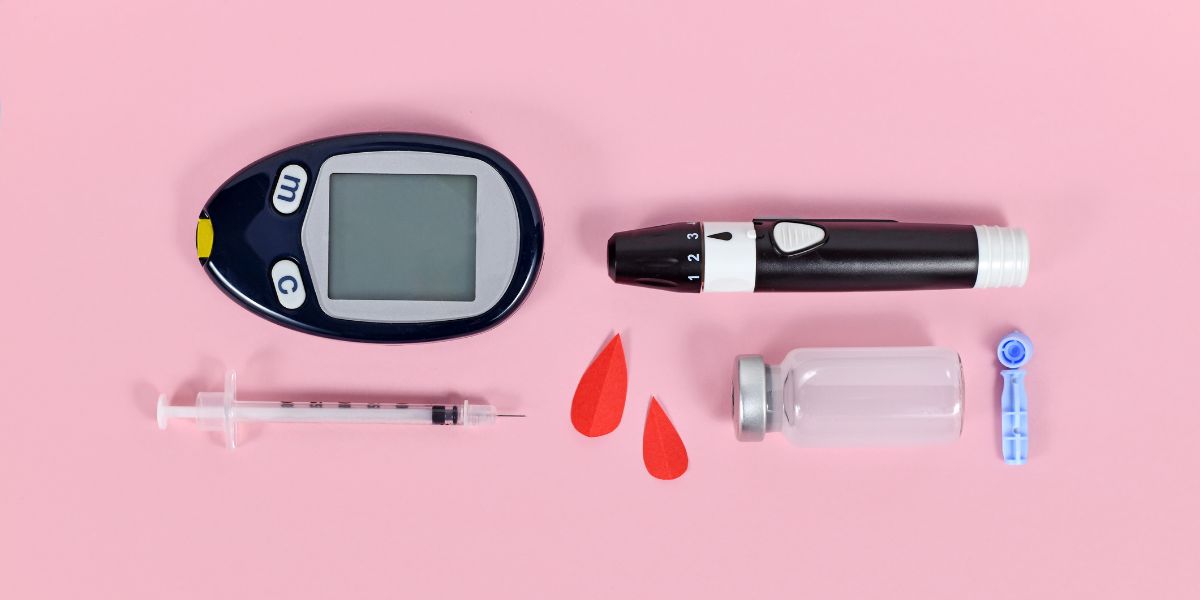When it comes to swimming, most insulin pumps will need to be disconnected whilst you are swimming. However, there are one or two which can be kept on whilst swimming.
We look at the considerations you’ll need to bear in mind if you’re on a pump and want to go swimming.
Which insulin pumps can be worn for swimming?
The OmniPod is well suited to swimming as there is no tubing involved. Be aware, however, that the adhesive that helps the OmniPod stick to your body may loosen in the water so you may need to take steps to ensure it doesn’t become loose.
The Animas Vibe can be worn in the water but to allow swimming, the tubing will need to be sufficiently well kept out of the way to prevent you or anyone else catching on the tubing.
If you are swimming with your pump o, it is advisable to reduce the rate of insulin delivery for swimming as the increased activity will usually lower blood glucose levels
If you are unsure about how much to reduce your basal insulin by, or whether to take a carbohydrate based snack before swimming, speak to your diabetes health team.
It’s recommended to test before, after and, where possible, at a midpoint of a swimming session so you can see how the activity has affected your blood glucose levels.
Non-waterproof pumps and swimming
If you have a pump that is not waterproof, you will need to disconnect your pump prior to swimming.
An insulin pump can be disconnected for up to an hour but it’s important to be aware of any symptoms of high or low sugar levels or ketones and test your blood sugar if you are not feeling right.
Blood sugar levels would usually go higher as a result of not being connected to your pump but the activity could help to balance this out and some people may find their sugar levels drop despite being disconnected from their pump.
Swimming, pumps and blood glucose levels
Whether you’re swimming with a pump attached or not, it is important to see how your sugar levels respond to swimming. It’s well worth testing your blood glucose before and after swimming and it may be advisable to test after half an hour of swimming to see how your sugar levels are behaving.
If you are testing your blood glucose levels before , during or after a swimming session, it’s advisable to wash and fully dry your hands as having water on your hands could affect the accuracy of the test result.
Preventing the infusion set from washing off
If you’re spending a significant amount of time in the water, it is possible that the adhesive of your infusion set may become loose.




